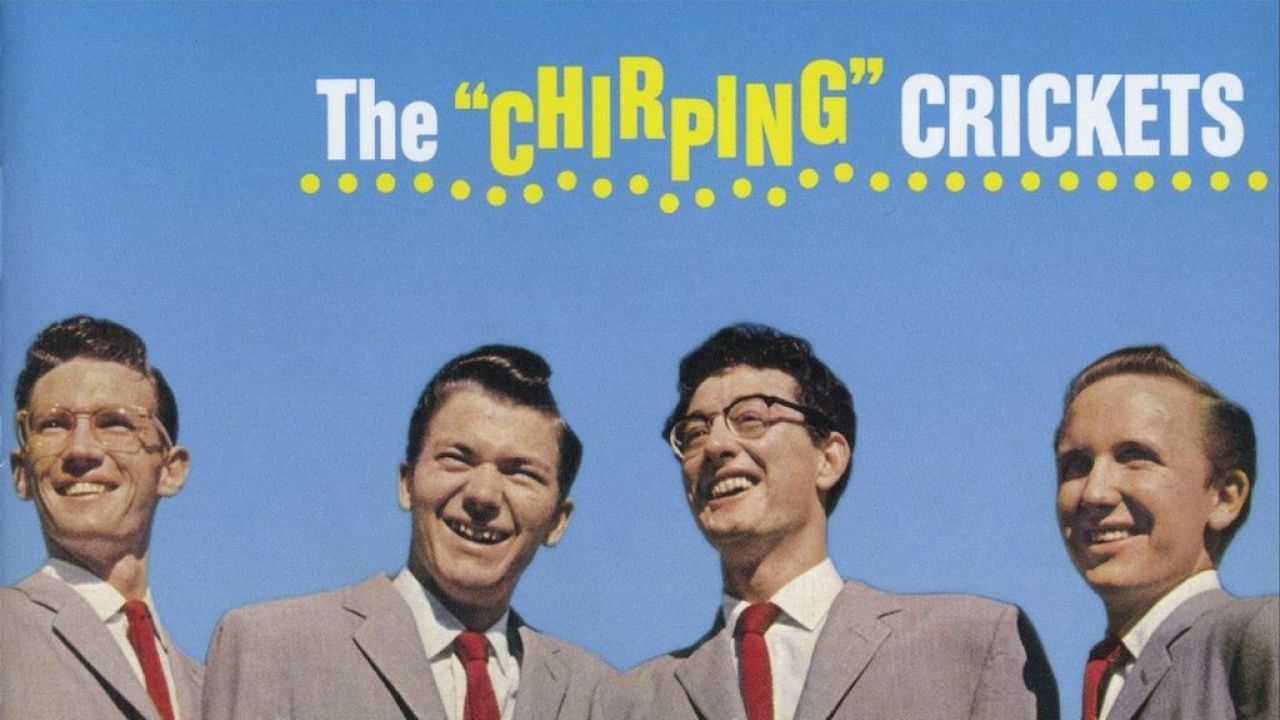On February 3, 1959 an airplane carrying three of the architects of rock and roll crashed near Clear Lake in Iowa, killing the three passengers and the pilot on board. The musicians in question were Richie Valens, the Godfather of Chicano rock and the man behind La Bamba, J.P. Richardson, aka “The Big Bopper” and the man responsible for the greatest novelty rock and roll record of all time (Chantilly Lace) and — last but by no means least — Charles Hardin Holley, better known the world-over as Buddy Holly and the man believed by many to be “the single most influential creative force in early rock and roll.” We're inclined to agree.
This tragic event in many ways symbolised the end of the first era of rock and roll, and signified the world’s first youth movement’s loss of innocence. It would later be immortalised in Don McLean’s magnum opus American Pie, which documents the plane crash and its aftermath, commonly referred to thereafter as “The Day Music Died”. It’s impossible to tell what other contributions Buddy Holly had left to make to the rock and roll canon, or how many countless other hits he would’ve penned had he lived longer, but one thing is for certain – during a career that lasted a mere year and a half, Buddy Holly changed the popular music landscape forever.
The Crickets pretty much single-handedly set the template for the modern day rock and roll band – vocals, two guitars, bass and drums - and as the band’s leader, Buddy Holly was one of the first successful artists to write, perform and produce his own material. The “Chirping” Crickets was the only album Buddy Holly recorded before his untimely death aged just 22, and it remains one of the most significant debut albums in rock and roll history.
It’s impossible to overstate the impact and influence these songs had, on every musical movement from the British Invasion, to glam rock, new wave and beyond. Elvis Costello may have taken his name from the King of rock and roll, but his look and song-writing style was looted straight from Buddy Holly, whilst Rivers Cuomo from Weezer has based an entire career on the unlucky in love but master of the pop hook template Buddy Holly practically invented. It’s no coincidence their break through hit was called Buddy Holly, and oozed thick-rimmed glasses geek chic.
Holly’s primary influence and lasting legacy on modern day music, however, would be the impact he had on the two key song-writing partnerships of the twentieth century, namely Lennon/McCartney and Jagger/Richards. The Rolling Stones first hit both in Britain and America was their version of Not Fade Away, as featured originally on The “Chirping” Crickets, whilst Lennon and McCartney covered the record’s Number One hit single That’ll Be The Day in their pre-Beatles incarnation, The Quarrymen. Without the influence of Buddy Holly’s unique amalgamation of rock and roll, rockabilly, country music, rhythm and blues and that distinctive Bo Diddley beat, the world might never have been blessed with The Beatles or The Stones - and who wants to imagine a world without Revolver or Exile On Main Street? Not us!
The influence of those two songs alone would’ve probably been enough to cement Holly as a legend and this album as a classic, but throw the likes of Oh Boy!, Maybe Baby, and I’m Looking For Someone To Love into the mix and you’re left with a rounded collection of songs that remain as musically fresh and interesting to this today as they did back in 1957. That’s the key thing to note - Buddy Holly was undoubtedly a game changer who influenced the whole course of musical history, but more than anything else he wrote timeless, kick-ass records that will outlive us all. And will the world ever see the likes of him again? To quote John Wayne’s character in The Searcher’s, whose catchphrase inspired Holly’s seminal hit: “That’ll be the day.”

